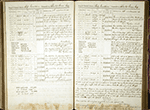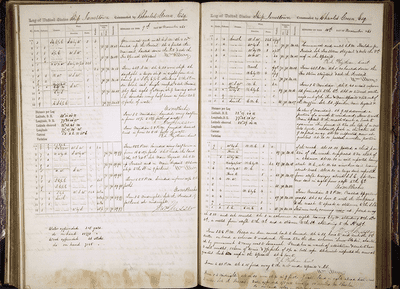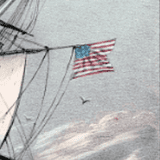How naval history becomes the climate science of tomorrow
An overview of the Seas of Knowledge digitization project in which centuries-old U.S. Navy logbooks in the National Archives are transformed into data that can help us anticipate the future of our climate.

Original Documents
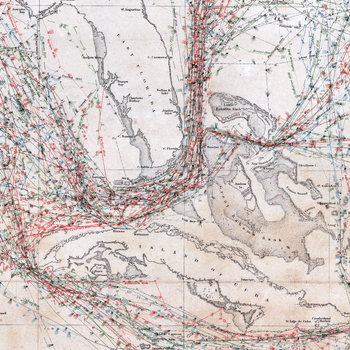
The U.S. Navy began collecting detailed weather and ocean measurements in the 1840s. Inspired by the visionary sailor-scientist Matthew Fontaine Maury, the ships of many nations did the same and agreed to share their observations freely. Thousands of logbooks were sent to the Naval Observatory in Washington.
The collected logbooks soon revealed hidden patterns in the sea and the weather. This knowledge allowed the first climate charts of the winds and currents of the world’s oceans to be drawn and science-based sailing guides to be written. The resulting dividend from faster and safer voyages was estimated in the millions of dollars and uncounted lives.

The National Archives
Where are all those measurements kept? Thousands of logbooks are filled with a vast amount of information collected across time and from every ocean. They have all been preserved at the National Archives and are still waiting to be analyzed. The desire for collecting scientific data at sea far outstripped the ability to fully use it at the time. Now, observations painstakingly gathered in a world of sail and steam can fulfill their purpose in our world of supercomputers and advanced Earth system modeling tools. The scattered puzzle pieces can finally be assembled.
The first step in the transformation from an old logbook to modern data is digitization. Every logbook is photographed page-by-page and the images are published online where they are accessible to everyone.
Explore digitized logbooks in the National Archives catalog.

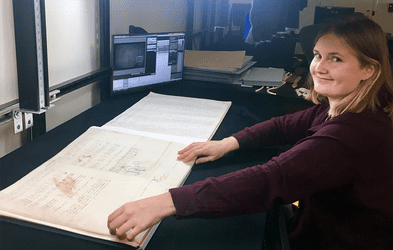
Project team-member photographing original documents at the National Archives.

Citizen Archivists
Can you help read this handwriting? We must rely on a human’s innate ability to decode symbols and translate handwritten numbers into digital text that can be used by computers. For this task, citizen archivists, also referred to as citizen scientists, help convert this extraordinary legacy into the machine-readable data we need to solve modern problems.
In the future, computers will become better at reading handwriting. This is an area of active research, and transcriptions obtained through citizen-science are also needed to train machines to read.

Supercomputers
Bring on the supercomputers! Once handwriting is transformed into digital format, the enormous power of modern high-performance computing can be put to work assembling the puzzle. Using a technique called retrospective analysis (reanalysis) every single weather and ocean observation ever made can be compiled, evaluated, and applied in its proper time and place.
Weather Patterns: Philip Brohan / UK Met Office using NOAA 20CRv3 reanalysis.
In this data animation, air temperatures are shown by red to blue shades, and rain in green. Winds are depicted by moving arrows. The gray ‘fog’ masks regions where more historical data are needed to improve the picture. As more historical observations are added, the fog of the unknown is dispelled. Changing patterns of climate and weather are revealed – along with their causes. Every observation added improves the result.

Our World
An image on a picture puzzle is fixed; a single view of a moment in time. Our picture is four-dimensional and reveals not only the hidden patterns in the weather and climate of the past but also how patterns have changed right up until yesterday. The power of reanalysis allows us to revisit extreme events from the past – severe storms, droughts, blizzards, floods – and compare them to similar events today. All of this allows us to better foresee future dangers and opportunities; knowledge that strengthens our ability to protect and improve the lives of everyone.
Teachers, Find useful teaching tools and activities at:
Crafted by educators using documents from the National Archives.
This project is supported by a Digitizing Hidden Collections grant from the Council on Library and Information Resources (CLIR). The grant program is made possible by funding from The Andrew W. Mellon Foundation.
Join Old Weather | View and transcribe logbooks in the National Archives Catalog
Extended Citations + Links to original sources
Maury, Matthew Fontaine, and L Warrington. Wind and Current Chart of the North Atlantic.
Washington, DC: U.S. Hydrographical Office, 1847. Princeton University Library.
https://catalog.princeton.edu/catalog/7673790
N. Currier. U.S. ship of the line in a gale. , ca. 1847. New York: Published by N. Currier. Photograph
https://www.loc.gov/item/2002698105/




